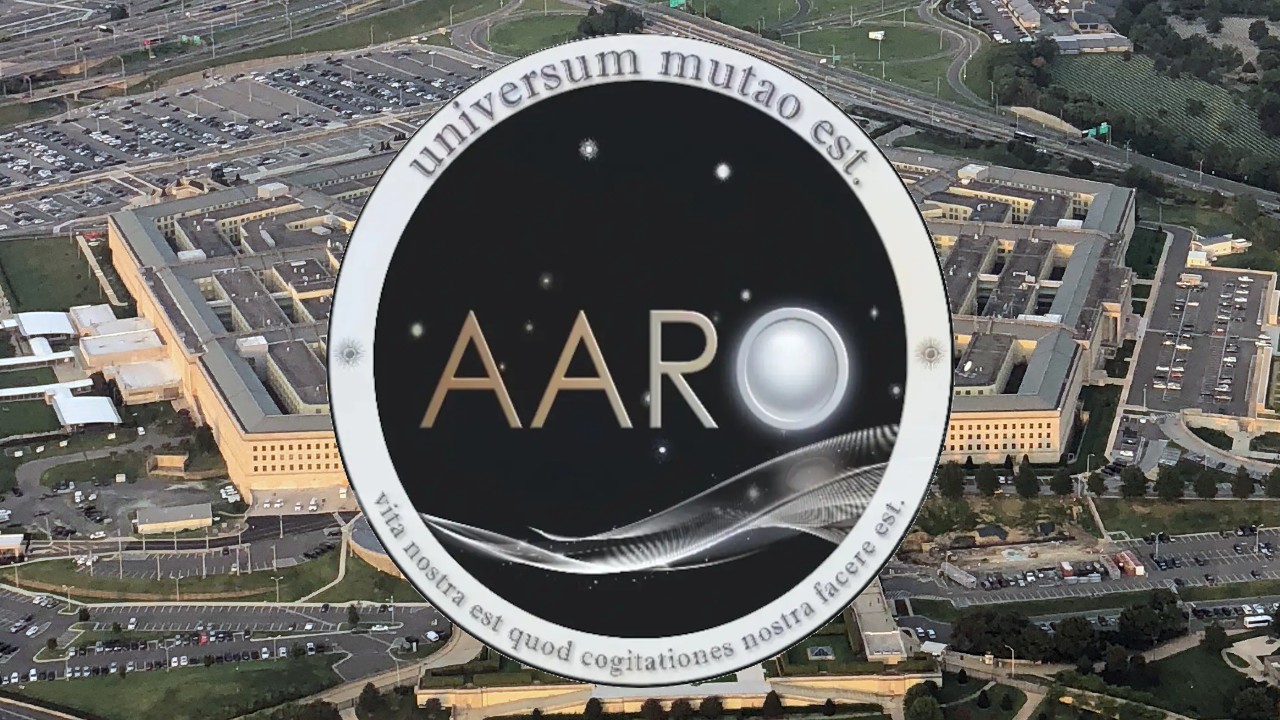Search for Life
Latest about Search for Life
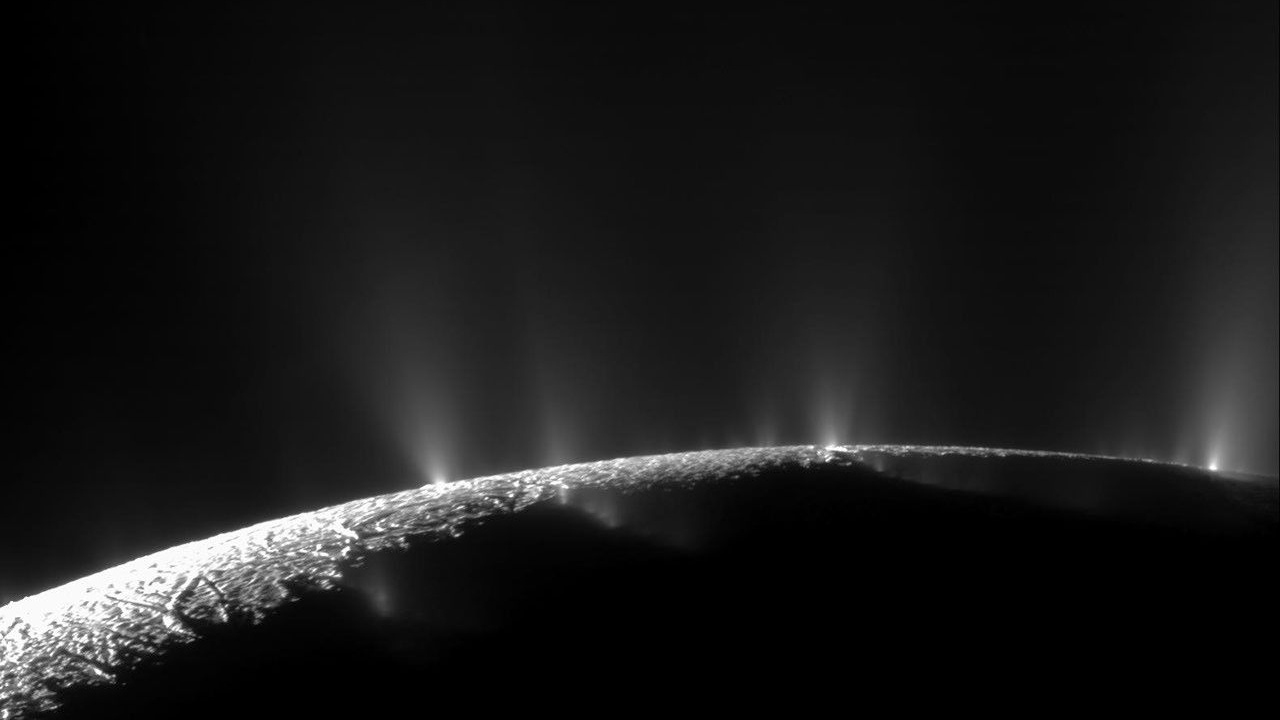
There's a weird, disappearing dark spot on Saturn's moon Enceladus
By Monisha Ravisetti published
Enceladus' ice plumes might be the reason why a dark spot on the moon is disappearing. But what is the spot in the first place?

Extraterrestrial life may look nothing like life on Earth − so astrobiologists are coming up with a framework to study how complex systems evolve
By Chris Impey published
We have only one example of biology forming in the universe – life on Earth. But what if life can form in other ways?
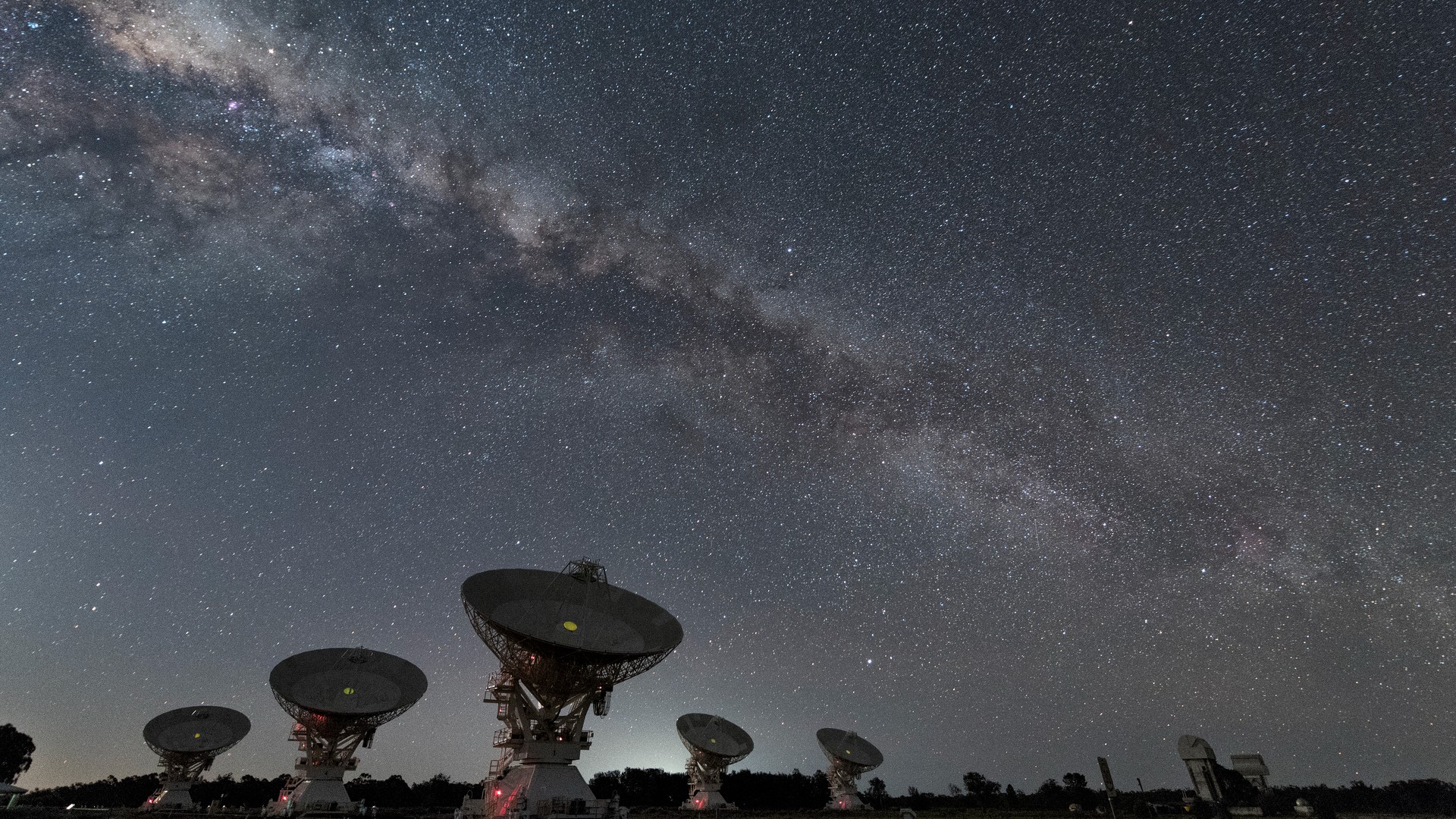
How the 'Great Filter' could explain why we haven't found intelligent aliens
By Paul Sutter published
One possible reason why we haven't found any intelligent life in the cosmos the Great Filter argument, which says that very few civilizations make it to the advanced spacefaring stage.

Communicating with aliens one day could be much easier if we study the way AI agents speak with each other
By Olaf Lipinski published
Decoding emergent languages in AI can have many benefits.
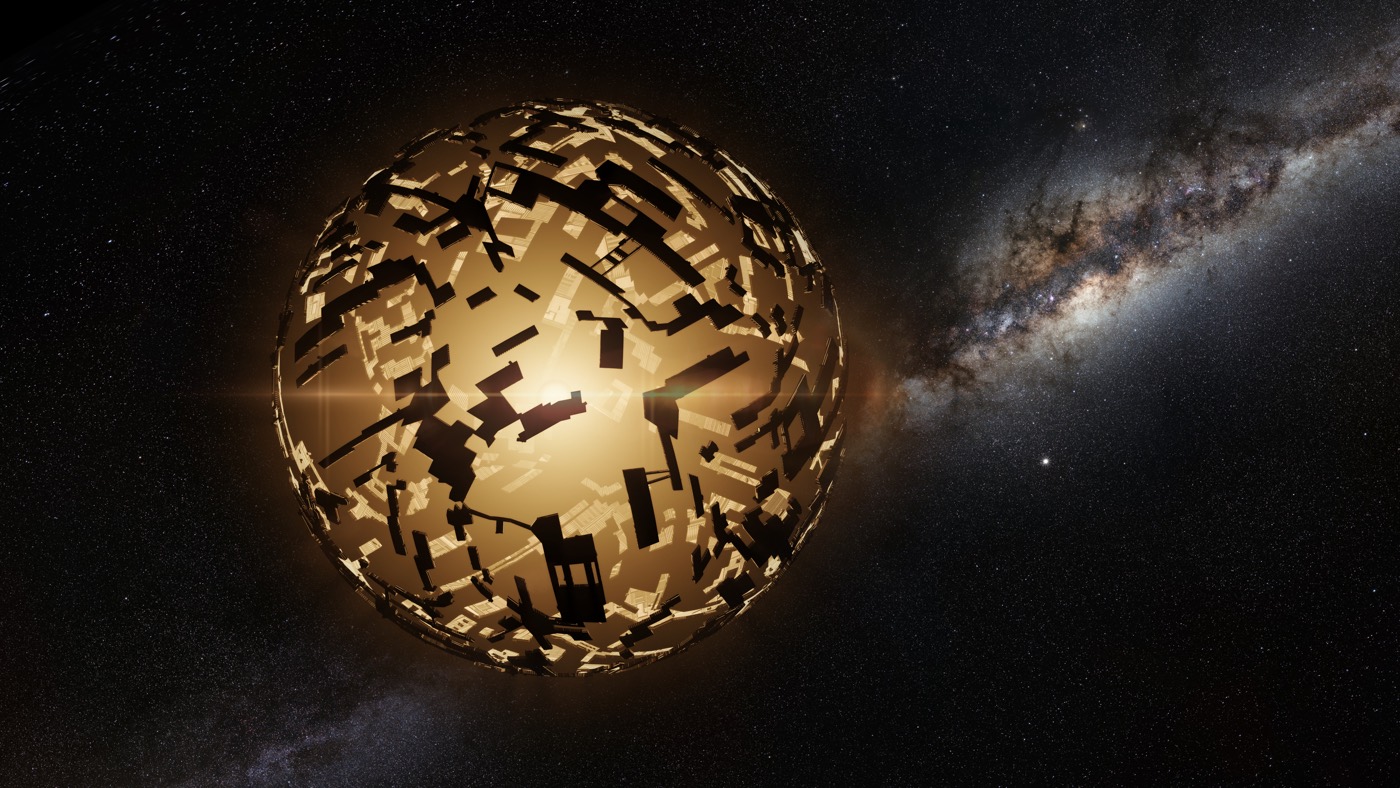
The fastest-moving stars in the galaxy may be piloted by intelligent aliens, new paper suggests
By Paul Sutter published
To explore the galaxy and hunt for resources, intelligent aliens might need to turn their home stars into natural spaceships, a new paper suggests. A few known star systems might fit the bill.
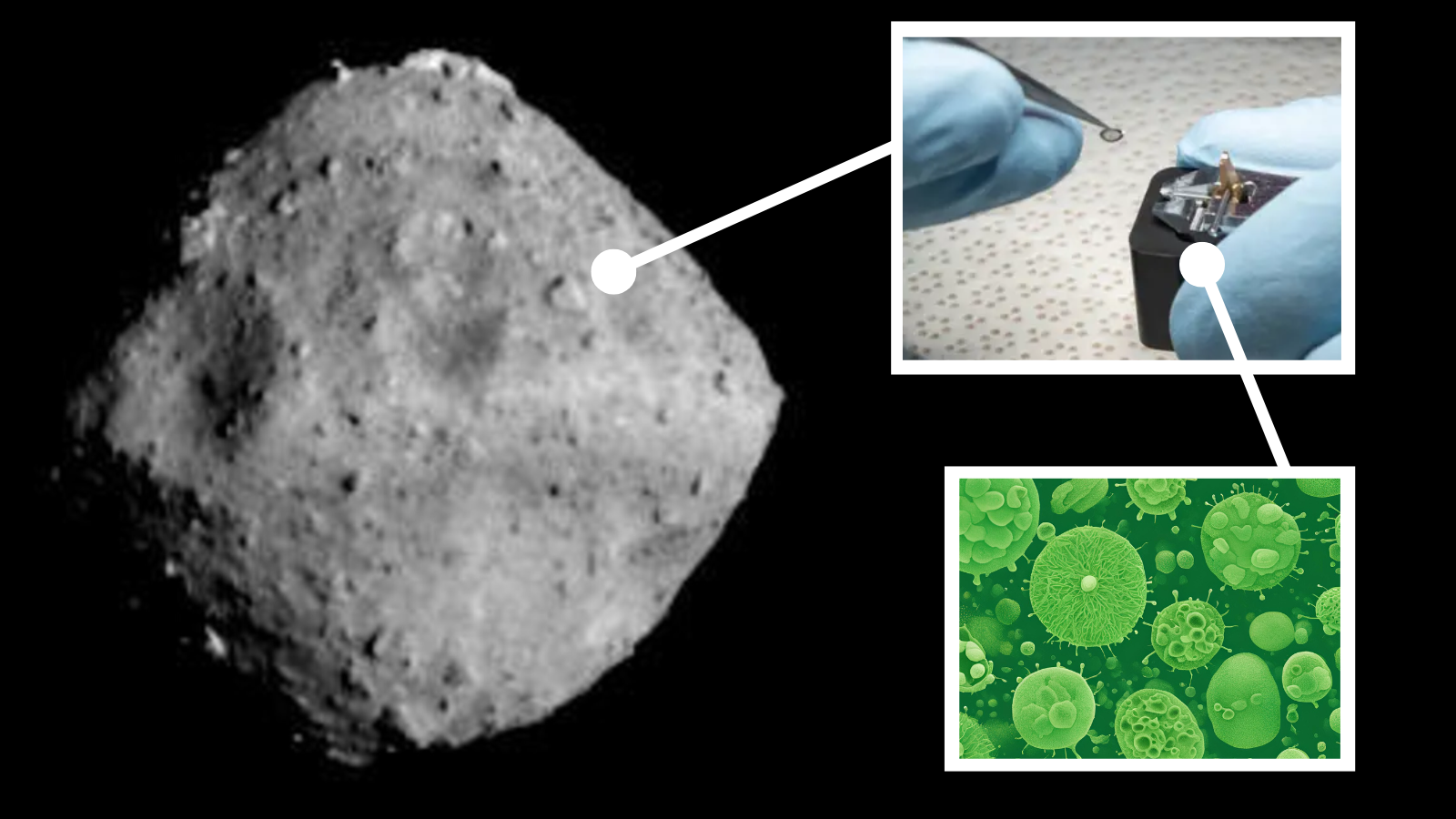
Japan's priceless asteroid Ryugu sample got 'rapidly colonized' by Earth bacteria
By Robert Lea published
A sample of the asteroid Ryugu returned to Earth by the Hayabusa2 mission was rapidly colonized by terrestrial microorganisms, new research has revealed.
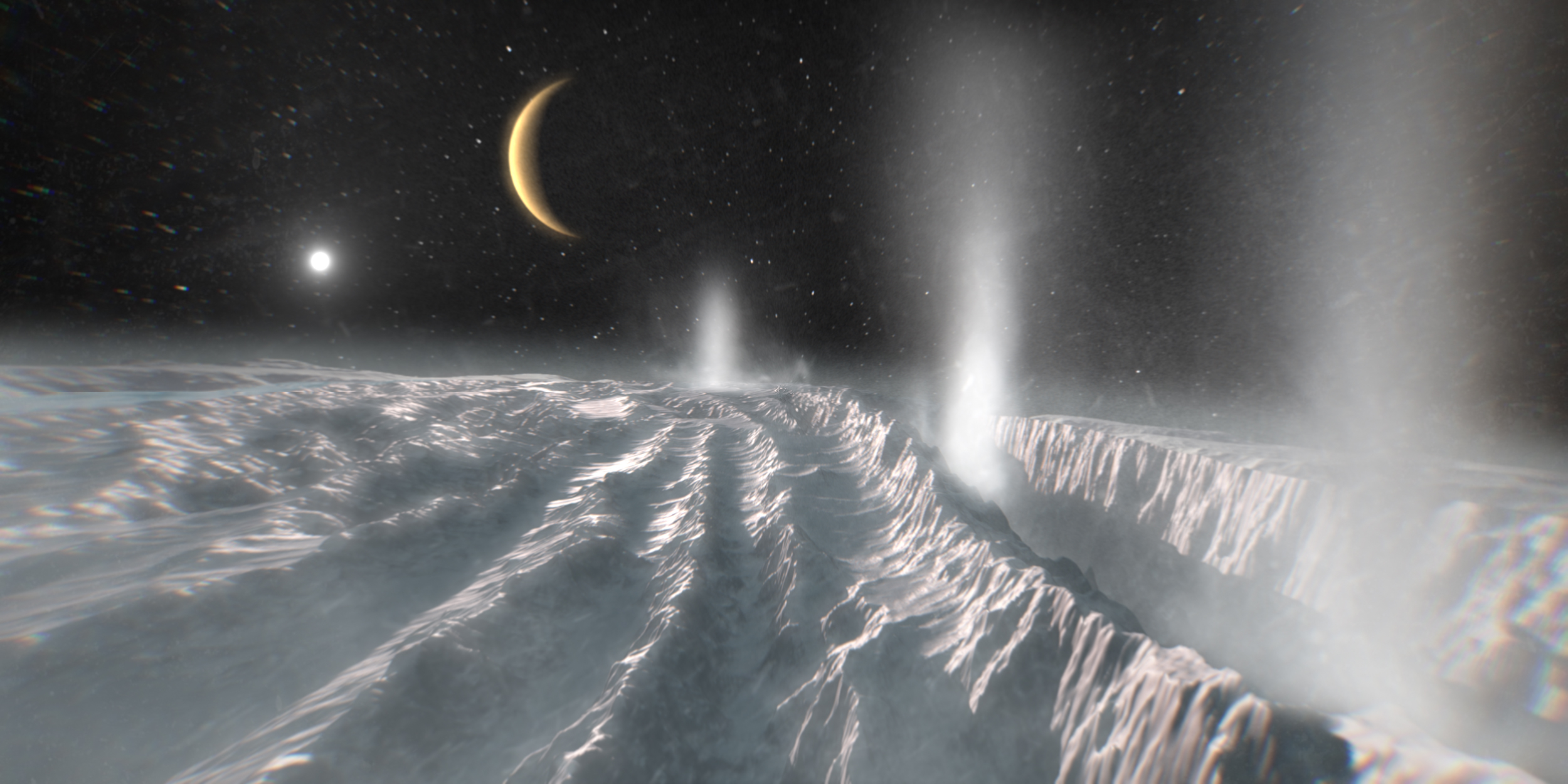
Scientists are updating chemistry models to track down life on icy moons
By Victoria Corless published
Scientists are using chemical modeling to dissect whether life exists on icy moons in our solar system.

Pentagon UFO chief tells Senate 'very anomalous objects' need careful study (video)
By Brett Tingley published
In new testimony, the head of the Pentagon's UFO office told the US senate that it "has not discovered any verifiable evidence of extraterrestrial beings, activity or technology."
Get the Space.com Newsletter
Breaking space news, the latest updates on rocket launches, skywatching events and more!
